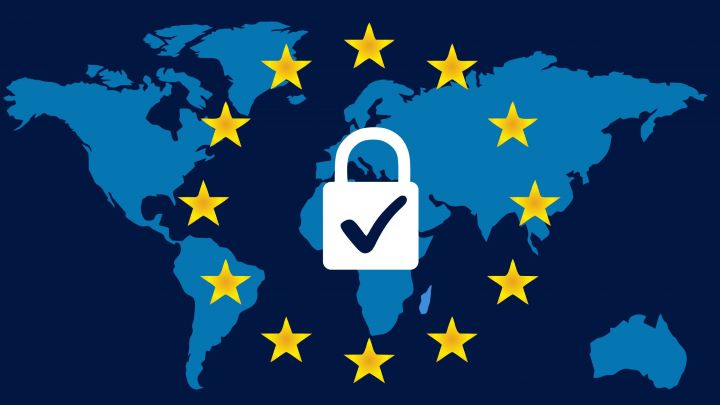OpenAI released its most recent large language model artificial intelligence on Monday, claiming it will enhance ChatGPT’s intelligence and accessibility.
The company’s previous GPT-4 model, which was introduced a little more than a year ago, was updated with the new model, known as GPT-4o. The model will be accessible to non-paying users, allowing everyone to use ChatGPT to access OpenAI’s most cutting-edge technology.
GPT 4o Digital Assistance
GPT-4o will essentially transform ChatGPT into a digital personal assistant that is capable of holding spoken conversations in real time, based on the company’s demonstration on Monday. Additionally, it will be able to communicate via text and “vision,” which enables it to see and discuss user-uploaded screenshots, images, papers, and charts.
The new version of ChatGPT will also have memory capabilities, which allows it to pick up on past user discussions and perform real-time translation, according to OpenAI Chief Technology Officer Mira Murati.
During the live demonstration from the company’s San Francisco headquarters, Murati stated, “This is the initial indication that we are really making an enormous advancement forward when it comes to the simplicity of use.” “This communication gets much simpler and much more natural.”
The latest release coincides with OpenAI’s efforts to maintain an advantage over the escalating AI weapons race. Google and Meta, two competitors, have been putting a lot of effort into developing larger, more potent language models that drive chatbots and can be leveraged to integrate AI into a range of other businesses.
A day before Google’s annual I/O developer conference, where upgrades to its Gemini AI model are anticipated to be unveiled, was the OpenAI event. Google’s Gemini is multimodal, meaning it can comprehend and produce text, images, and voice, just like the new GPT-4o. Additionally, OpenAI’s update arrives ahead of anticipated AI announcements from Apple at next month’s Worldwide Developers Conference, which may include fresh approaches to integrating AI into the upcoming iOS or iPhone releases.
In the meantime, Microsoft, which invested billions of dollars on OpenAI with the objective to incorporate its AI technology into Microsoft’s own products, could reap advantages from the most recent GPT release.
Executives from OpenAI demonstrated chatting using ChatGPT to obtain real-time help with a maths problem, to read a bedtime story, and to get advise on coding. In addition to speaking in a robotic voice, ChatGPT could also speak in a realistic, human-sounding voice. In one response, it even sang. Additionally, the tool had a capability to observe and evaluate a chart image.
GPT 4O identify emotions
Additionally, they demonstrated how the model could identify the emotions of users; in one case, it calmed down an executive by listening to his breathing.
The female ChatGPT voice, which strikingly resembles Scarlett Johansson’s voiced digital companion from the 2013 movie ‘Her’, humorously informed the employee, ‘You’re not a hoover cleaner!’
Moreover, ChatGPT was able to translate and reply in different languages during a chat. According to OpenAI, the tool currently supports over 50 languages.
“After the announcement, I’ve never used a better computer interface than the new voice (and video) mode,” stated OpenAI CEO Sam Altman in a blog post. “It seems like artificial intelligence from movies, and I’m still a little shocked that it’s real.” Reaching human-level creativity and swiftness of response proves to be a significant shift.
According to Murati, OpenAI will release a ChatGPT desktop app with GPT-4o functionality, providing customers with an additional interface to engage with the business’s technology. GPT-4o will also be available to developers looking to build their own custom chatbots from OpenAI’s GPT store, a feature that will now also be available to non-paying users.
The updated technology and features are set to roll out to ChatGPT in the coming months. Free ChatGPT users will have a limited number of interactions with the new GPT-4o model before the tool automatically reverts to relying on the old GPT-3.5 model; paid users will have access to a greater number of messages with the latest model.
OpenAI said more than 100 million people already are using ChatGPT. But an updated ChatGPT experience — and the ability to interact with it on desktop and through improved voice conversations — could give even more people reason to use its technology. The moves comes at a time when integrations of AI into more widely-used consumer products by Google and Meta, like Instagram and Google Assistant, may make those companies’ technology more widely and easily accessible.



